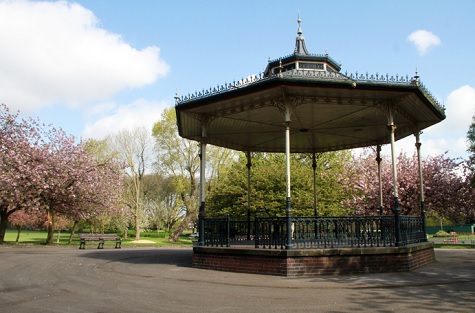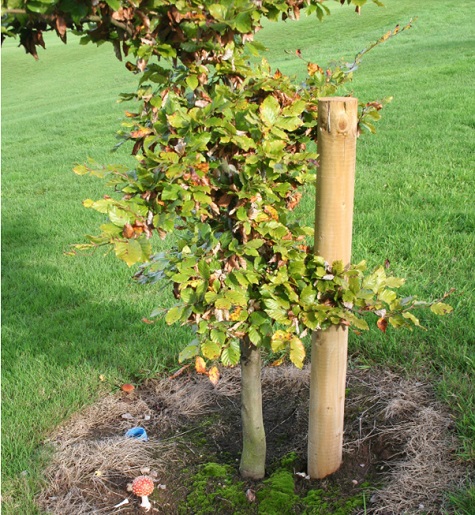

In addressing the need for sustainable practice, core to any actions is taking an integrated approach but what does that mean? Just as with the term sustainability, it is important to understand what is meant by an integrated approach and importantly what is not. The next few monthly articles will seek to address this topic, hopefully producing a simple guide to taking an integrated approach in any amenity situation. We will use primarily the example of weed management but will then develop the theme over other operational areas.
The management of weeds, pests and diseases is central to managing amenity spaces. Weed control on transport networks is vital for safety. Clean pavements and streets are important for safety but also in maintaining healthy conditions. Sports surfaces need to be fit for purpose. In order to deliver on all these requirements, an integrated approach is vital and, indeed, required in relation to current government codes of practice and targets.
Taking a holistic or integrated approach to weed, pest and disease management involves consideration of all three pillars of sustainability – economic, environment and social. It involves, for any given situation, considering all options and actions available to produce the desired outcome. Taking an integrated approach provides the best sustainable practice.
What is an integrated approach?
Adopting an integrated approach is often referred to but exactly what does it mean? Just as there can be misunderstandings of what sustainability means, the same applies to the term integrated. In terms of weed management for example, some jump to a conclusion that it means not using herbicides; some use the language of seeking alternatives. In truth, taking an integrated approach to weed management involves assessment of all the factors and methods involved, including plant protection products, so as to choose the most appropriate mix for a given situation which is economic, efficient and effective and minimises impact upon the environment and protects the public. Taking an integrated approach provides the best sustainable practice and is good practice.
A formal definition of integrated control is as below along with its more practical meaning when applied to weed management.
“Careful consideration of all available methods and integration of measures that discourage the development of harmful organisms to keep the use of controls to levels that are economically and ecologically justified and reduce risks to human health and the environment.”

In practical terms this means:
Ensuring that, in planning a weed management programme, you consider the level of weed control required for specific areas and circumstances and consider all options available to achieve the required outcome efficiently, effectively & economically.
The integrated approach is often referred to more widely as IPM – Integrated Pest Management and this term is used globally whether it be referring to the control of pests, diseases or weeds.
Taking an integrated approach in any given situation involves careful consideration of all factors that we can influence to avoid build-up of weeds, pests and diseases and hence reduce the need for their control or management. It starts with consideration of how such challenges can be prevented and tolerated.
Factors to be considered
In terms of weed, pest and disease management, this includes consideration of the following:
Full consideration of all these factors is important in an integrated approach but of course control or management of the weed, pest and disease remains necessary. It is here where we need to consider the various options open to us and decide upon the right mix to create the required solution for a specific situation.

Integrated Approach to Weed Management
In amenity situations, weed control or management is a major issue and the rest of this article will now focus on this. Many of the considerations can apply to integrated pest and disease control.
How then should we adopt an integrated approach to weed management? Well for any given situation it begins with producing a plan, often referred to as an integrated weed management plan (IWM), which needs to consider the following:
Conclusion
All of this can seem quite daunting but it really does not need to be complex or involve lengthy documentation. It does however require evidence that all stages have been considered. The outcome is a demonstration of best sustainable practice. After all sustainable practice is just good practice.
Sustainability is not just about doing less harm, it is about doing more good
Next month’s article will look at the options and techniques available and how they might form part of an integrated approach to weed management. A further article will then seek to address just how to put an integrated plan together and apply it.
Editorial Address:
LandPower Publications LLP, Howbery Park, Benson Lane, Wallingford, Oxfordshire, OX10 8BA
Telephone:
Steve Gibbs: +44 (0)7929 438213
